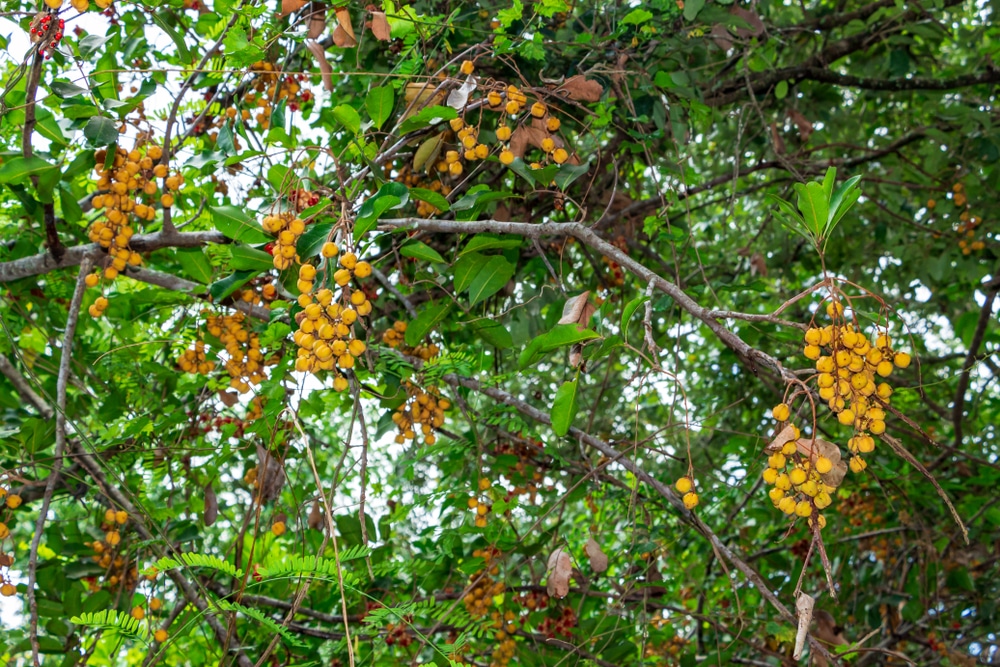Carrotwood trees are attractive foliage perfect for a front yard or garden. These plants are easy to care for and make a great addition to most homes under the right conditions. If you are considering adding the specimen to your yard, it’s wise to research and find out if it will thrive in your area.
To make an informed decision on whether or not the carrotwood tree is right for you, you will have to explore the care it needs. It’s also wise to find out its native climate to see if yours can replicate the ideal conditions.
Below is some information on how to care for the carrotwood, common problems, and a summary of carrotwood tree pros and cons.
Care
Generally, the carrotwood tree is not fussy, and it does not take much to keep it happy. New gardeners will appreciate how simple it is to meet the needs of this plant.
Water Requirements
New trees will need regular watering until they get established. Mature trees won’t likely need supplemental water unless you are experiencing an extended period of drought.
Soil Requirements
This sturdy little tree will tolerate most soil. Slightly acidic or alkaline, this tree can thrive either way.
Light Requirements
These trees prefer full sunlight to partial shade. On particularly scorching days, they may benefit from a little extra shade.
Bloom Time
This tree is not floral, so you won’t notice any blooms come spring, but you might see some bright yellow fruit. These three-lobed pods will typically become ripe in late spring and early summer. Although some believe the fruit is edible, most don’t find it appetizing.
Zone
This tree prefers warmer zones nine through 11. You can commonly find it in warm, moist areas of the United States.
Pruning
You may want to do some pruning on this plant, but the good news is that you can do this at any time of the year. Because it is tropical, it doesn’t hibernate during the winter. Remove any dead branches or unhealthy leaves.
Pests and Other Problems
Like many trees, this plant is susceptible to some diseases and pests. Fungal infections are common in wet areas. Aphids and beetles can also be a concern depending on where you are.
Pros and Cons
With a firm understanding of how the carrotwood tree grows and thrives, it will be easier to decide whether this is the right plant for you. Below is a brief list of carrotwood trees’ pros and cons.
Pros
- The carrotwood tree is pretty easy to take care of. It doesn’t require much interference as long as it is watered and given sufficient sunlight.
- This tree is attractive and perfect for adding a little shade to your front yard.
- This tree is tropical and Evergreen, meaning you can enjoy its canopy year-round.
Cons
- This tree is considered invasive in certain areas like Florida. So much so that it gets classified as a weed. Be careful planting this tree in such places because it has a habit of spreading where you don’t want it to be.
- This tree can be a bit messy when it drops fruit.
- The fruit it produces isn’t generally very useful.
Final Thoughts
If you are interested in an ornamental tree for your yard or garden, the carrotwood tree might be perfect. As long as you live in the correct climate, there is no reason why you shouldn’t be able to adopt this tree. Make sure to consider all risks of bringing an invasive species to your yard; otherwise, check your local nursery for this excellent specimen.
You may also like to consider adding trees such as the Little Gem Magnolia or Eastern Redwood to your yard.

